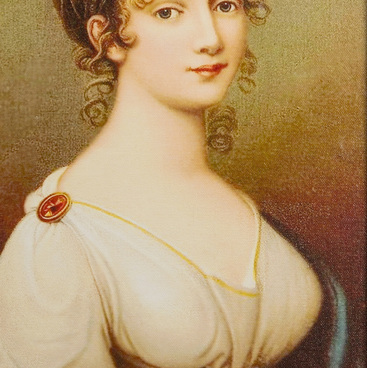As a result of the defeat at Jena and Auerstedt, which shocked the whole of Prussia, the allies had more than 20,000 men killed and wounded, while 18,000 were taken prisoner. Most of the Prussian artillery fell into the hands of the French. Twenty generals were killed, wounded, and captured.
On October 27, that is, less than two weeks after the Jena disaster, the Emperor of the French entered Berlin in triumph, surrounded by his four marshals and several elite units of the Grand Army. The morale of the Prussians was so badly crushed that the perfectly fortified Magdeburg surrendered to Napoleon just one month after the outbreak of war. Furthermore, from 15 October to 5 January 1807, the fortresses of Erfurt, Spandau, Stettin, Küstrin, Czestochowa, Hamelin, Fort Plassenburg, Glogau and Breslau surrendered to the French. Prussia fell. The victory of French arms in the campaign of 1806 was total, crushing, and unconditional. The government, the generals, and the people of Prussia were depressed and refused to resist the emperor.
According to Napoleon himself, victory in Jena was the third happiest day of his life after the victory at Marengo and at Austerlitz. As Clausewitz noted, Prussia “perished because of its forms of government.” The feudal kingdom of Friedrich William III, stagnant in its development because of the decay of its government system and reliant solely on the merits of its ancestors, could not withstand the revolutionary and innovative approach of France, expressed both in new battle tactics and in Napoleon’s more pragmatic policy in his appointments to senior positions in the army. After the defeat at Jena, the authorities learned their lessons, and as a result the modernization of the army was initiated. Among its ideologists and implementers were Karl von Clausewitz, Gerhard von Scharnhorst, and August von Gneisenau.
So, Napoleon occupied Berlin
on October 27, 1806. It was on this day that the capital’s governor handed the
keys to the city to the victor. Napoleon’s capture of Berlin was the starting
point of the continental blockade, which resulted in the termination of all
economic communications between France and Great Britain. Napoleon himself left
Berlin on November 25 of the same year and proceeded on to Poznan to draw up a
plan for the further victorious march of the French troops.


